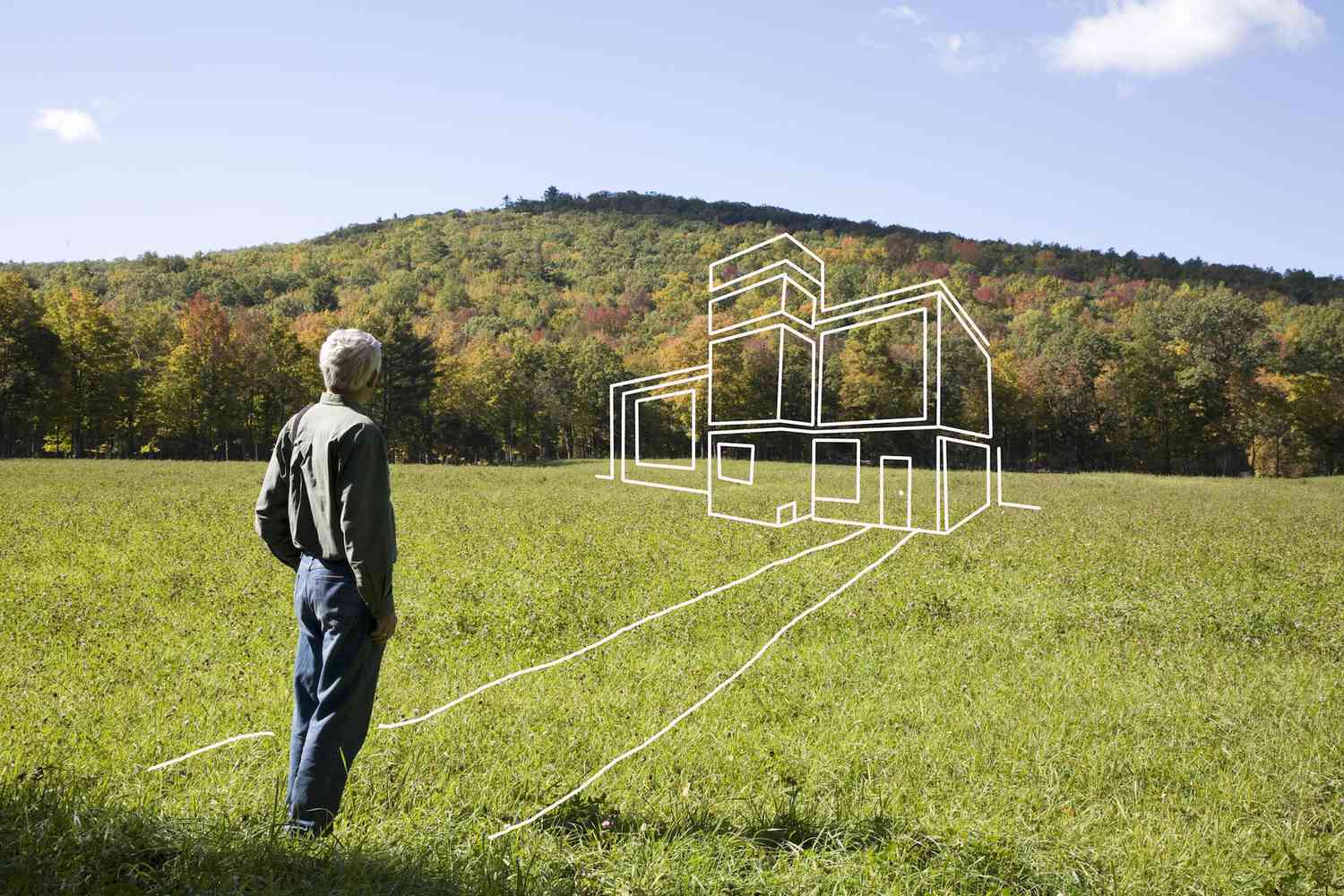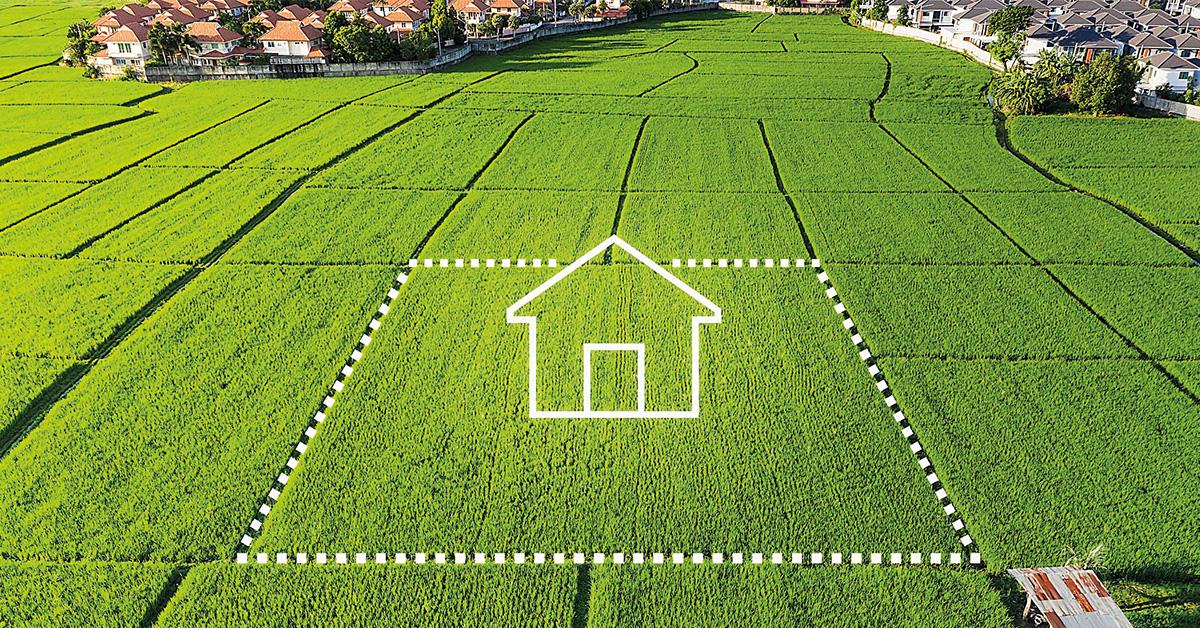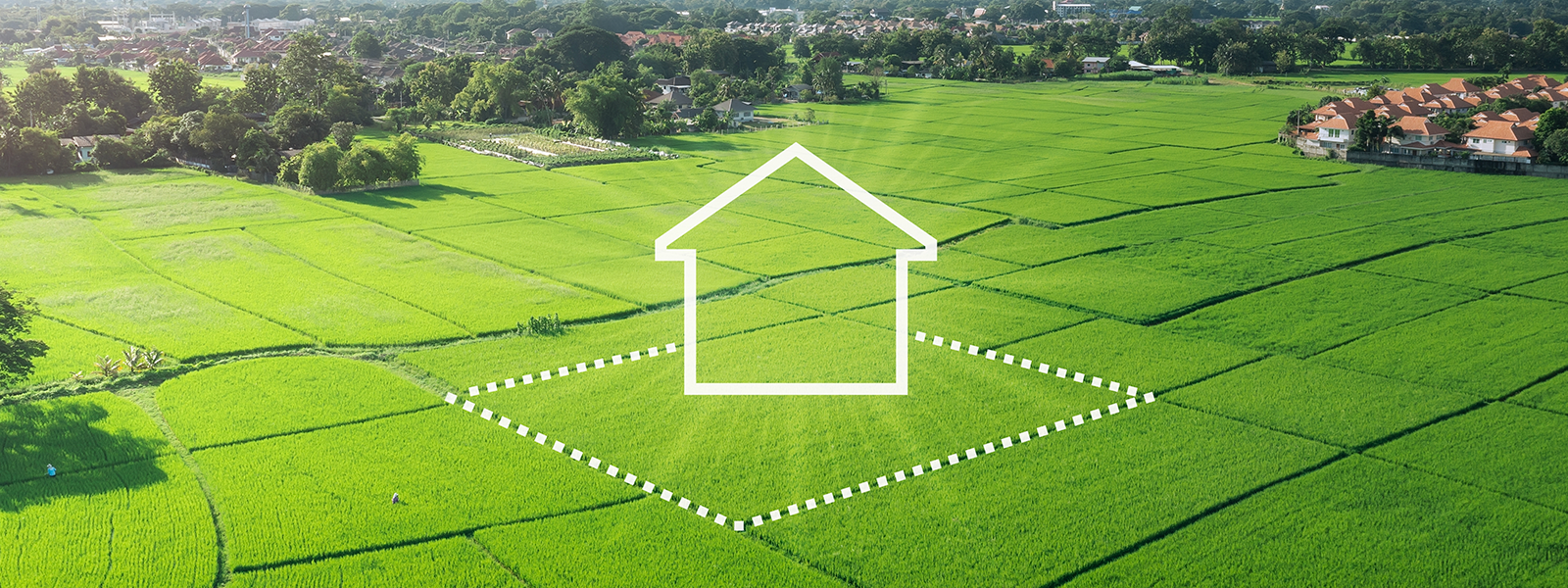The real estate industry has always been dynamic, shaped by its time’s economic, social, and technological currents. However, a noticeable trend has intrigued many industry watchers in recent years: real estate developers are on a land-buying spree. Whether it’s urban plots, suburban tracts, or rural expanses, developers are acquiring land at an unprecedented pace.
Understanding the Current Land Rush
Real estate developers are motivated by several interconnected reasons to expand their land holdings. At the core of this behavior is a strategic anticipation of future demand. Developers recognize that land, unlike other commodities, is finite. As populations grow and urbanization intensifies, prime land becomes scarcer, making it an invaluable asset.
Additionally, shifting consumer preferences toward sustainable, mixed-use, and luxury developments has reshaped the projects developers are pursuing. This necessitates acquiring large plots of land in strategic locations. Let’s break down the core drivers in more detail.

Economic Factors Fueling Land Acquisition
Population Growth and Urbanization
The global population keeps growing, with more people moving to cities. This urban migration creates a heightened demand for residential, commercial, and mixed-use developments. Developers are buying land to ensure they have a foothold in high-demand urban centers, particularly in emerging markets where urbanization is at its peak.
Low-Interest Rates
Over the past few years, historically low interest rates have made borrowing more affordable for real estate developers. This has allowed companies to leverage debt to fund large-scale land acquisitions, locking in favorable terms before potential rate hikes.
Inflation Hedging
Land is considered a reliable hedge against inflation. As currency values fluctuate, land prices often appreciate, protecting developers’ investments. Buying land during economic uncertainty ensures long-term value retention.
Strategic Land Acquisition Tactics
Land Banking
Many developers engage in land banking—acquiring and holding land to develop it later. This strategy allows them to capitalize on future appreciation in land value while preparing for upcoming projects.
Targeting Emerging Markets
Developers increasingly look beyond traditional urban centers, focusing instead on emerging markets and suburban areas experiencing growth. These regions often offer more affordable land and untapped development potential.
Partnerships and Joint Ventures
Developers often collaborate with local governments or other private entities. These partnerships help reduce costs and streamline development, making land acquisition more attractive.

Technological Advancements and Their Role
Technology has significantly influenced how developers approach land acquisition. Advanced data analytics, geographic information systems (GIS), and artificial intelligence (AI) enable developers to identify promising plots of land precisely.
Data-Driven Decision Making
Developers now rely on algorithms to analyze trends such as population density, infrastructure development, and property values. This data helps them identify “hot spots” with high growth potential.
Sustainable Development Goals
Sustainability is no longer optional—it’s a priority. Developers are acquiring land to design eco-friendly communities that align with global sustainability goals and appeal to environmentally conscious buyers.
The Future of Land Use: Smart Cities and Technological Integration
The land-buying spree among developers is closely tied to the evolution of smart cities—urban areas that leverage technology to enhance infrastructure, efficiency, and quality of life. Developers acquiring land today envision projects incorporating cutting-edge technologies to meet the demands of modern urban living.
Smart cities emphasize connectivity, with homes, businesses, and public spaces linked through high-speed networks and Internet of Things (IoT) devices. These developments integrate advanced features such as smart grids, automated traffic systems, and sustainable waste management, making them attractive to buyers and investors.
Additionally, the use of technology in urban planning has redefined how developers design communities. Geographic Information Systems (GIS) and AI-powered data analytics accurately identify optimal land plots, ensuring developments align with future infrastructure and demographic trends.
These innovations extend to construction, where green building materials and modular techniques transform traditional practices. The result is efficient, eco-friendly structures that appeal to a tech-savvy population. The future of land use is about more than just acquiring space—it’s about reimagining how land can be developed to create sustainable, technology-driven communities. Developers buying land like crazy today are laying the groundwork for these futuristic developments.

The Role of Government Policies
Governments often influence land-buying trends through policies and incentives. Tax breaks, zoning laws, and subsidies for affordable housing projects encourage developers to invest in land acquisition. For instance, in many countries, governments offer incentives for developing underutilized or blighted areas, spurring developers to acquire land in such zones.
The Environmental Impact of Large-Scale Land Acquisitions
As real estate developers expand their portfolios through aggressive land acquisitions, the environmental implications of these activities must be considered. Developing large parcels of land often involves clearing natural habitats, altering landscapes, and consuming significant resources. This has sparked growing concerns among environmentalists and community stakeholders. However, the industry is responding with innovative solutions to mitigate these effects.
Developers increasingly embrace sustainable practices such as preserving green spaces, incorporating renewable energy systems, and designing energy-efficient buildings. Many are also committed to reforestation initiatives, restoring natural vegetation in and around their projects to offset the ecological footprint.
Furthermore, mixed-use developments that combine residential, commercial, and recreational spaces are reducing the need for sprawling urban expansion. These projects promote walkability, reduce vehicle emissions, and optimize land use. Developers aim to balance economic growth and ecological preservation by integrating environmental considerations into their land-use strategies.
As buyers and investors prioritize eco-conscious developments, sustainability becomes a competitive advantage in the real estate market. The future of land acquisition lies in securing land and ensuring that its developments positively affect the environment and the communities it serves.

Implications for Homebuyers and Investors
Rising Property Prices
As developers acquire land in prime locations, the scarcity of available land can lead to higher property prices. Homebuyers might face increased costs but also benefit from innovative, well-planned communities.
Opportunities for Investors
For investors, the land rush signals opportunities. By understanding market trends, they can align their portfolios with emerging hotspots for real estate development.
Shaping Future Communities
Developers’ strategic land acquisitions are transforming how communities are built. Driven by these acquisitions, mixed-use developments, smart cities, and sustainable neighborhoods are becoming the norm.
Challenges and Risks in the Land Acquisition Frenzy
While the benefits are clear, developers face challenges in this land-buying spree. These include regulatory hurdles, escalating land prices, and the need for significant upfront capital. Moreover, over-speculation in certain regions could lead to market saturation or financial losses.

Frequently Asked Questions(FAQs):
Why are real estate developers focusing on land acquisition now?
Developers see current market conditions—such as low interest rates, urbanization trends, and increased demand for innovative housing solutions—as ideal for securing land. Additionally, land is a finite resource, making it a long-term investment with significant potential for appreciation.
How does land acquisition affect homebuyers?
While it might lead to higher property prices due to increased land scarcity, it also results in more thoughtfully planned communities with modern amenities and sustainable designs.
What are the risks for developers in buying land aggressively?
Developers face regulatory challenges, escalating land costs, and potential market oversaturation in certain regions. Misjudging demand trends could also lead to financial losses.
What is land banking, and why is it significant?
Land banking involves acquiring and holding land for future development. It’s significant because it allows developers to plan long-term projects and capitalize on future increases in land value.
Are there benefits for investors in this trend?
Yes, investors can benefit by identifying and investing in regions where developers actively acquire land. These areas are likely to see significant growth in property value.
How does technology influence land buying?
Technological tools such as GIS, AI, and data analytics enable developers to identify promising locations with high growth potential, improving decision-making and efficiency in land acquisition.
Why are suburban and rural lands becoming popular among developers?
As urban centers become increasingly congested and expensive, developers turn to suburban and rural areas with more affordable and spacious land. These areas allow for large-scale projects, such as master-planned communities and mixed-use developments, which cater to the growing demand for quieter, family-friendly environments with modern amenities.
What role do government incentives play in the land-buying trend?
Government policies, such as tax incentives, grants for affordable housing, and relaxed zoning regulations, encourage developers to invest in land acquisition. These incentives make it financially possible for developers to take on large-scale projects and revitalize underdeveloped areas.
How does land scarcity impact the long-term strategy of real estate developers?
The land is a finite resource, so developers adopt proactive strategies to secure valuable plots before they become scarce. This forward-thinking approach ensures they can meet future housing and commercial demands, maintain market competitiveness, and secure profitable returns as land values appreciate over time.
What types of land are developers most interested in acquiring?
Developers target many land types, including urban plots for high-density developments, suburban tracts for master-planned communities, and rural areas for large-scale projects like industrial parks or eco-friendly resorts. The kind of land they pursue often depends on market trends, regional demands, and the specific goals of their development projects. For instance, urban land is ideal for commercial and residential high-rises. In contrast, suburban and rural land allows for sprawling, mixed-use communities that cater to growing family-oriented and eco-conscious demographics.












